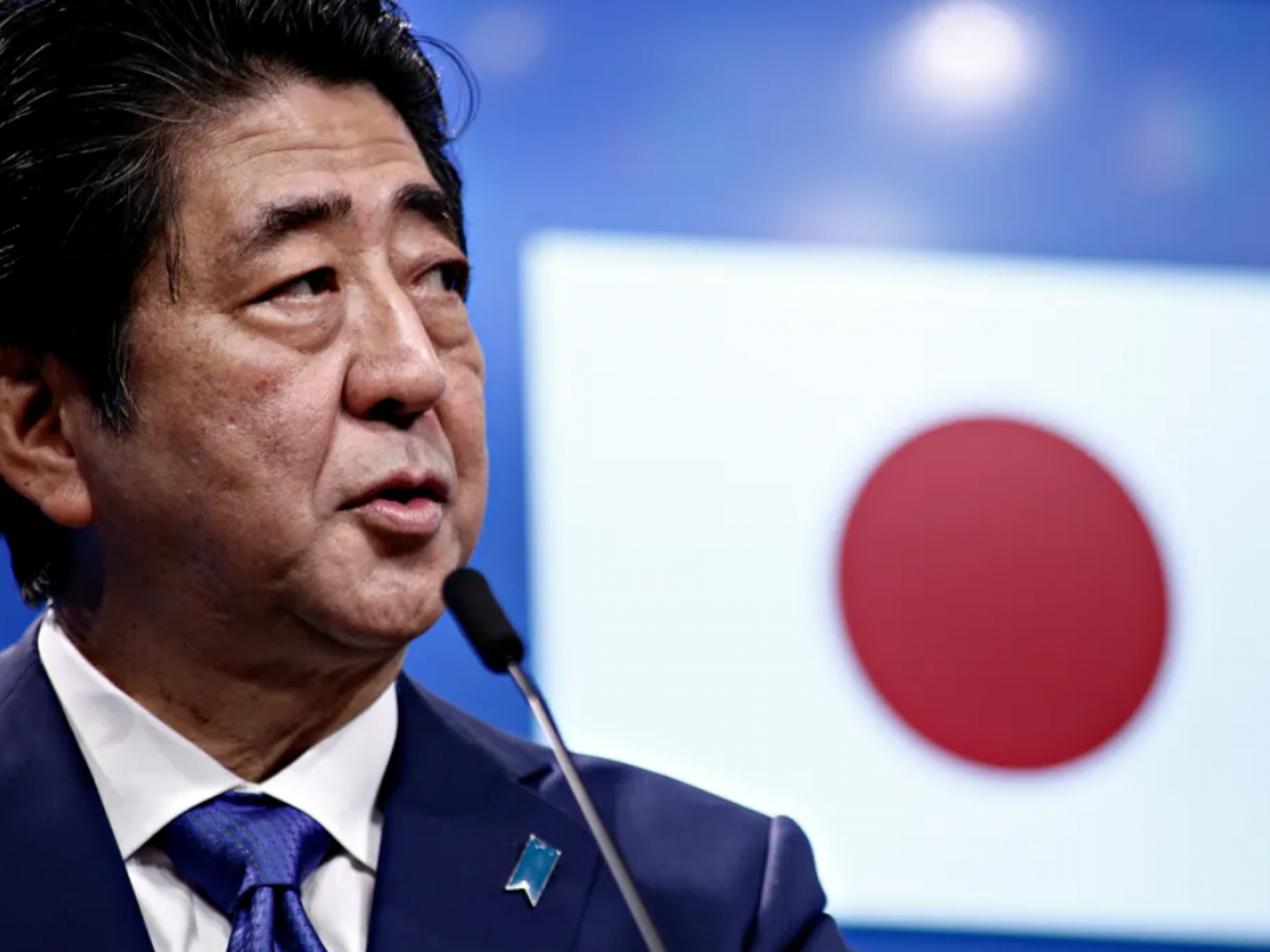
The former prime minister of Japan was assassinated on July 8, 2022. Shinzo Abe, who served as the prime minister of Japan on two separate occasions, was shot in Nara, Japan and was later pronounced dead.
Here are five things you might not know about Shinzo Abe and his time as prime minister of Japan.
Came From Political Family: Born into a political family in Japan, Abe could have been destined for a role in Japanese politics.
Abe’s grandfather Kishi Nobusuke was the prime minister of Japan from 1957 to 1960. Abe’s great-uncle Sato Eisaku was also a prime minister of Japan, serving from 1964 to 1972.
Abe’s father Abe Shintaro was also the foreign minster of Japan. Abe worked as a secretary for his father in 1982 when he became active within the Liberal-Democratic Party.
Served as Prime Minster Twice: Abe became the prime minister of Japan for the first time in 2006. At the time, Abe was the first prime minister of Japan to be born after World War II and its youngest since the war.
The Liberal-Democratic Party lost majority control in 2007 and Abe resigned from the role of prime minister. Once the Liberal-Democratic Party regained control in 2012, Abe again rose the ranks, serving as the prime minster of the country from 2012 to 2020.
In 2019, Abe became the longest-serving prime minister in the history of Japan. The following year, Abe announced that he would step down due to health concerns. In 2020, Suga Yoshihide succeeded him as prime minister.
Foreign Policy: Abe was known for having a tough stance on North Korea. He supported sanctions against North Korea by the United Nations after nuclear tests done by the country.
Abe also worked on strengthening relations between the U.S. and Japan with an assertive foreign policy.
Abe was elected leader of the Liberal-Democratic Party again in September 2012. Abe’s comments on the islands in the Pacific caused dispute between China and Japan.
Related Link: Yoshihide Suga To Succeed Abe As Japan's PM, Vows To Retain Economic Policies
Abenomics: When he was elected prime minister for a second time in Japan, Abe put in a plan to grow the country’s economy with a program that was known as “Abenomics.”
Among the items in Abenomics were:
- Raising the inflation rate
- Increasing money supply
- Spending more money on public-works
- Allowing the value of the Japanese Yen to fall against other foreign currencies.
Japan saw growth in 2013 as a country with a drop in unemployment. In 2014, the country fell into a recession, which caused Abe’s approval rating to drop significantly.
Attended USC In The U.S.: Abe graduated from Seikei University in Tokyo in 1977 and followed this up by moving to the U.S. to further his education. Abe spent three semesters at the University of Southern California (USC), studying political science, English, political science, international relations and history.
In 2015, Abe visited USC — his first time on campus in nearly 40 years — and received a USC letterman’s jacket with his name inscribed by the school.
“We are so proud to count Prime Minster Abe among USC’s most illustrious alumni, as his many accomplishments bring tremendous honor to the university,” then USC President C. L. Max Nikias said.







